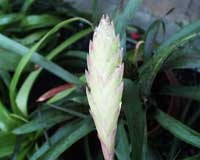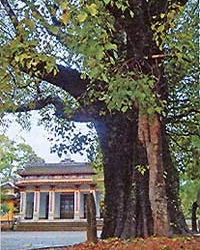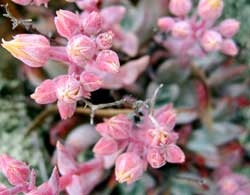According to a recent study, scientists have discovered the origins of Citrullus lanatus vulgaris, commonly known as “watermelon.”
Watermelon originated in Africa, but the exact time, place, and methods by which it was cultivated into the fruit we commonly know today remain a mystery to botanists.
After many years of research into the biological origins of the genus Citrullus, the findings have been published in the Proceedings of the National Academy of Sciences of the United States.
As the lead author of the research team, Susanne Renner, stated: “Everyone thinks there are only four wild species of watermelon in the world, and the sweet watermelon we commonly eat today comes from South Africa.”
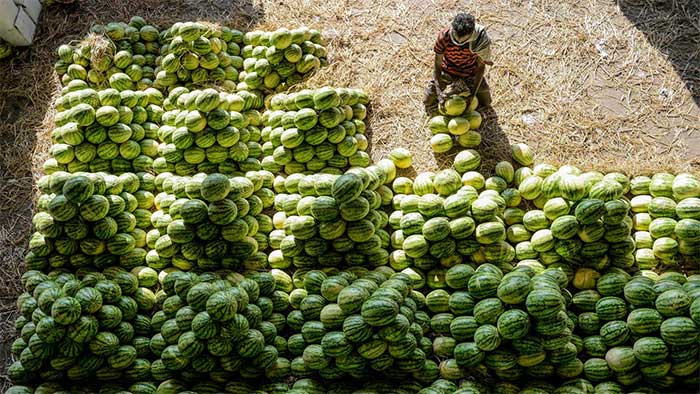
Watermelon originated in Africa.
However, in 2015, one of Susanne’s students, Guillaume Chomicki, found something unusual after sequencing the genes of various watermelon types across Africa. It is likely that the ancestors of the watermelon species believed to be from the south are actually a distant relative.
“This opens up many new research opportunities,” Renner said. Currently, researchers argue that the Kordofan watermelon, a wild fruit in Sudan, is the most likely genetic ancestor of modern watermelons.
Chomicki, a botanist at the University of Sheffield in the UK, stated that the conclusion about the ancestor of watermelon being in South Africa might be an oversight. About 150 years after the descendants of the taxonomist Carl Linnaeus discovered and named a new watermelon species near Cape Town as Citrullus lanatus, an American botanist merged this fruit with another watermelon of the same name. Chomicki believes that from that point onward, the hypothesis of watermelon originating from South Africa began to take shape.
Watermelons and ancient varieties generally do not tend to fossilize, further obscuring the true origins of this tropical, juicy fruit. In fact, there are some fossilized seeds in existence, making it easier to investigate ancient DNA.
However, the oldest gene samples mentioned in the report are from watermelon leaves dating back 270 years. The research team has since cultivated all ancient watermelon species using greenhouse methods in Munich, Germany, and New York, USA.
They will then decode the gene sequences of the watermelon samples and compare them with the DNA extracted from the Kordofan watermelon. The results indicate about 16,000 structural genetic variants between the two plants, mapping those differences to specific characteristics of each fruit.

Kordofan watermelon variety.
Additionally, the research team discovered that watermelons can become sweeter after the domestication process. Meanwhile, the original bitter taste of this fruit has long been lost, as the current Kordofan variety is not bitter at all.
Furthermore, some plant breeders during the Cold War also noted the possibility of Kordofan watermelon being the ancestor of modern watermelon. In fact, Kordofan watermelons are smaller than traditional watermelons and lack the striped pattern on the rind.
Based on the distribution of Kordofan in northeast Africa, it is reasonable to suggest that the domestication of watermelon occurred in the same region. However, the research team does not rule out the possibility that watermelon emerged in West Africa and was then transported eastward.
“Through ancient artistic symbols in Egypt, we know that long and large watermelons appeared 4,360 years ago. However, since they are just drawings, we cannot confirm that the original flesh of the watermelon was red like modern varieties,” Chomicki noted.
Due to the lack of specific material evidence, scientists must rely on a combination of genetic research and historical context. The watermelon samples used by the research team are from ancient Nubia, the precursor to Darfur, in western Sudan. Renner argues that this plant may have been domesticated in Nubia and later transported via trade along the Nile River.
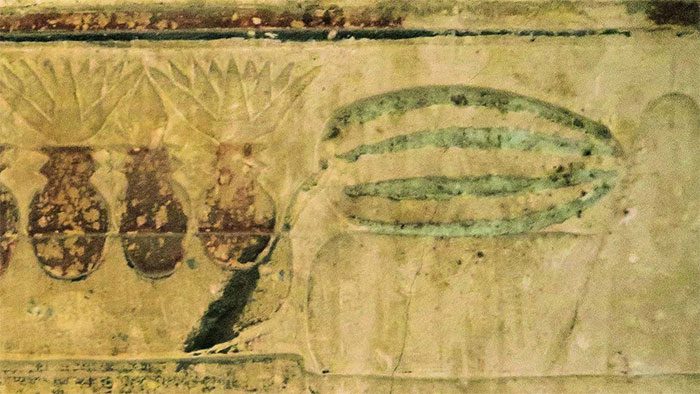
Watermelon patterns from ancient Egypt.
On the other hand, the differences between Kordofan watermelon and modern watermelon are not too significant. Renner explains that watermelon may have changed independently of human agricultural development, through various genetic changes occurring 4,000 to 6,000 years ago.
Even today, there is evidence of connections between Kordofan watermelon and modern watermelons. “In the 1800s, white-fleshed watermelons were commonly seen in the USA. However, with the development of agricultural trade and human demand, the white-fleshed variety has nearly disappeared today,” Renner stated. Of course, there are still some wild varieties, but they are not commonly found in regular grocery stores.
Once the research team can test DNA from the seeds of these ancient watermelons being cultivated, they can further enrich the data on the domestication process of watermelon. It is also worth noting that modern watermelons may have lost some immunity-related genes that Kordofan watermelon possesses.
Introduction to Eastern Countries via the Silk Road
With the opening of the Silk Road, watermelons gradually made their way into China and other Eastern countries.
In China, watermelon has become an essential refreshing fruit during the summer. A special tool for eating watermelon—watermelon bowls—was invented, as well as the art of watermelon carving, vividly expressing their love and unique emotions for watermelons.
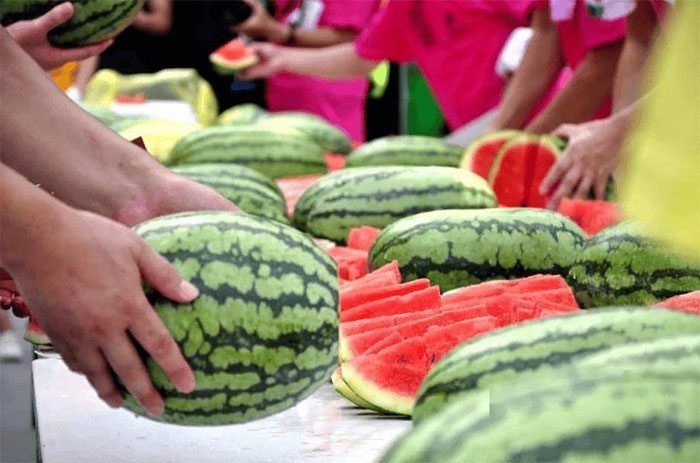
The first people to bring watermelon to America were African slaves.
The Spread in the United States
In the United States, the popularity of watermelon is closely tied to the system of slavery. The first people to bring watermelon to America were African slaves.
Later, to control the slaves, Southern plantation owners began using watermelon seeds to restrict their freedoms, making watermelon one of the symbols of slavery and racial discrimination.
Cultural Significance of Watermelon
Watermelon, with its bright red color and sweet taste, is not only a refreshing fruit but also carries many deep cultural meanings in various countries around the world. In China, watermelon symbolizes good luck, prosperity, and love. It is often used in festivals and important events, such as the Lunar New Year. The image of carved watermelon on its rind is considered a work of art and conveys blessings.
In ancient Egypt, watermelon was regarded as a gift from the gods and used in religious ceremonies. The image of watermelon appears in many ancient murals, highlighting its importance in the lives of the Egyptians. In Vietnam, the fairy tale about Mai An Tiêm and the watermelon has become an integral part of Vietnamese folklore. Watermelon symbolizes wealth, good fortune, and filial piety.
In Western countries, this fruit is often associated with summer, beaches, and leisure days. It is also a symbol of youth and vitality.
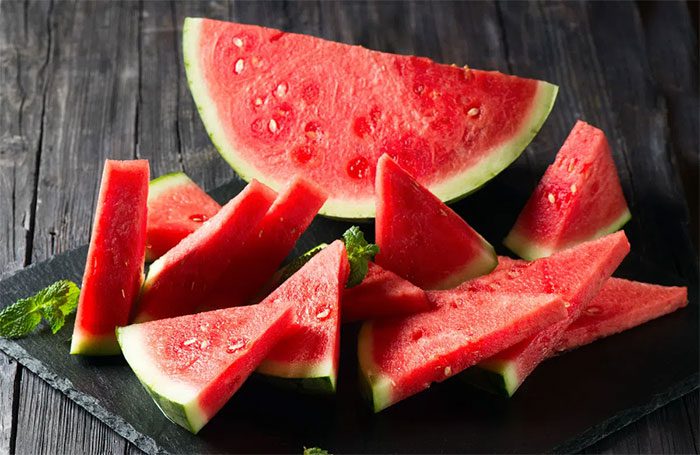
Watermelon carries many deep cultural meanings in various countries worldwide.
The Relationship Between Food and Culture
The spread and development of watermelon truly reflect social progress and cultural changes in different regions. Whether in Eastern or Western countries, people’s knowledge and understanding of watermelon have been influenced by the historical and social context of the time, forming entirely different cultural implications.
As cultural carriers, foods can deeply reflect social structures, religious beliefs, living customs, and other aspects of the era. The way people use and interpret food will also influence and shape the inheritance and development of culture, creating a rich, colorful culinary culture and diverse historical memories and emotional experiences.








































